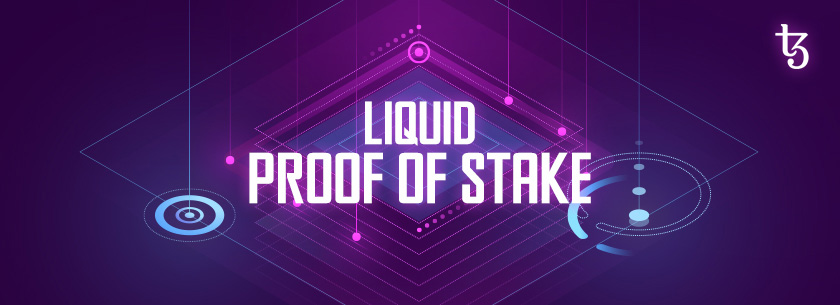
Recently, the number of projects working on the basis of the PoS consensus algorithm - or "proof of stake" has increased. And a number of its varieties, which have their own advantages regarding the basis. So today we are going to tell you about one of these varieties - Liquid Proof-of-Stake (LPoS).
But first, let's remember how exactly PoS differs from its predecessor - the mechanism of "proof of work".
PoS features
The point is simple. There is a network. It contains knots and knot holders. Any node holder can (and in some cases must) contribute a certain amount to his "stake". This money is blocked and cannot be disposed of. But they give the right to participate in the lottery, which selects a validator for a new block. The larger the steak, the higher the chances. However, the automation works in such a way that even the holders of the minimum amount of assets have a chance. That is, a stable annual profit in the amount of several percent of the deposited amount.
If the validator makes a mistake, is not online when its working time comes, or maliciously makes changes to the list of transactions, it is punished for this. As a rule - by depriving the steak or part of it. It is also possible "imprisonment" - a ban on connecting to the blockchain for a certain period.
An important point - unlike the PoW algorithm, in the "proof of stake" the power of computing technology does not play any role. Only the amount on the account is important, and the machine can be any - if only it was possible to deploy a node on it.
The algorithm is convenient, but there is some bias in it towards those who have a lot of assets. They are more likely to become validators and have more voting rights. Therefore, new methods began to be developed that would eliminate the existing problems. One such solution was Liquid Proof-of-Stake.
What is Liquid Proof of Stake
Delegation is not mandatory, in the process, not assets are transferred, but the right to dispose of the stake, so trust in the validator is not needed. Every candidate for validators (but not every token holder) has the right to vote on all points of the blockchain operation (not only security issues, but also global development, for example). In case of violation by the inspector (double confirmation or double “baking”), only he and his assets are punished and fined.
LPoS was first introduced as part of the Tezos project, created in September 2018 by Kathleen and Arthur Breitman, and still in continuous operation. The project was successful. The current level of bids is 80 percent, which are split between 450 validators and more than 10 thousand delegating users. Moreover, the number of delegates is limited only by the minimum requirement for the size of the steak, so it can easily increase - up to about 100 thousand. This indicates a high decentralization of the project.
To summarize
Anyone who does not want to spin up a node on their machine and participate in the management of the network, but wants to profit from staking under the LPoS, can transfer the right to dispose of their stake to any suitable candidate or owner of the stake pool. There is nothing to be afraid of - the validator does not have access to the assets and in case of his error, nothing threatens the delegator. But he will receive his profit. On the other hand, he can try to become a validator himself and not share the profit with anyone, if the initial level of finance allows.




